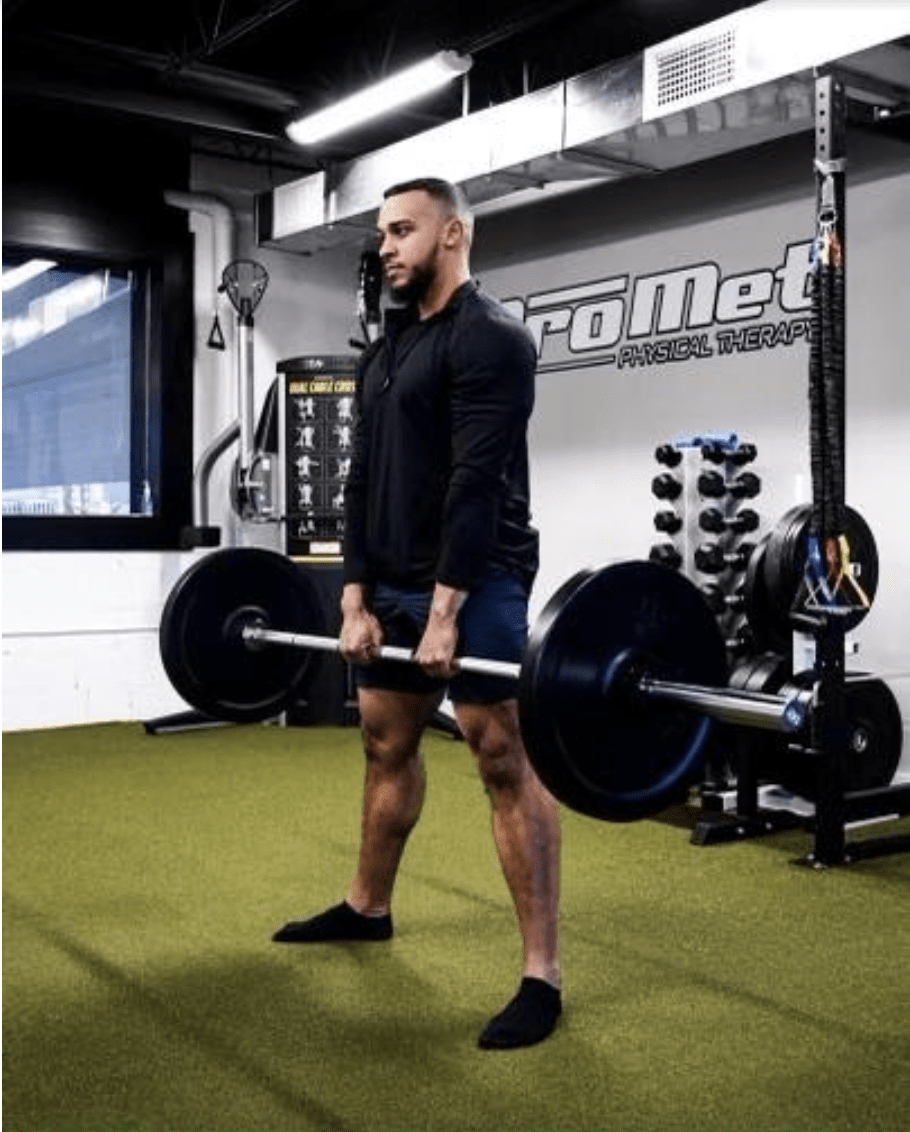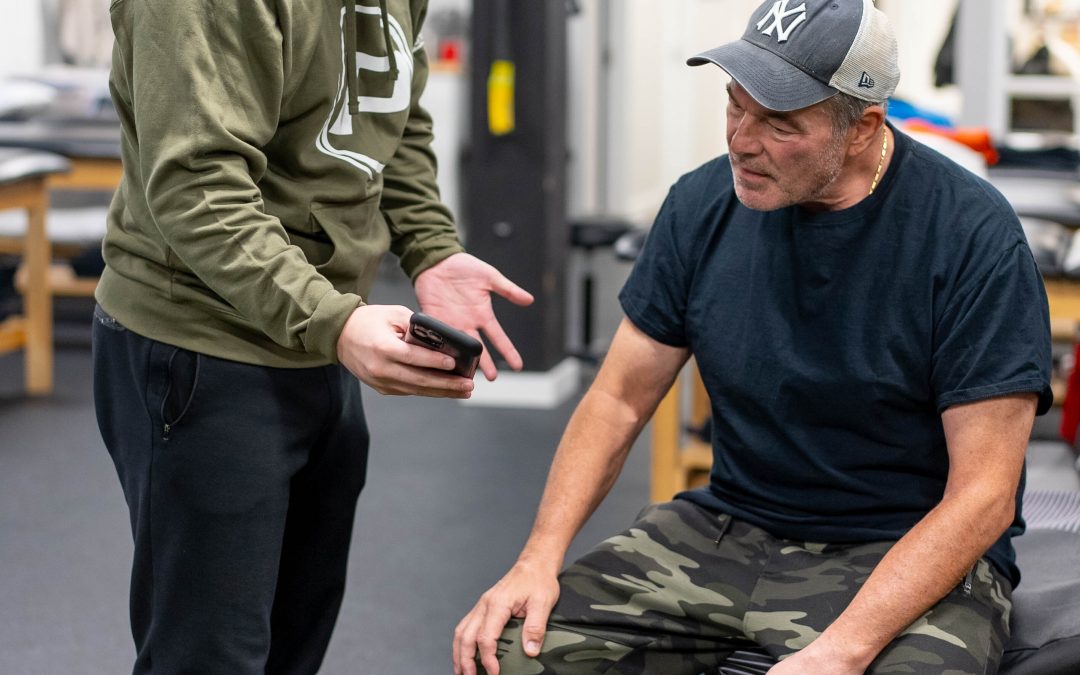For years, there has been an ongoing debate regarding which of the two main variations of deadlift—conventional or sumo—is superior. The real answer, however, is that it depends. Both sumo and conventional deadlifts are excellent at building strength, reducing symptoms of pain, and transferring to athletic performance as well as everyday activities. But let’s take a closer look at what makes each variation unique.
The conventional deadlift is probably the more recognized variation of the two. To set up, the athlete stands behind the bar with feet approximately shoulder-width apart while positioning their arms just outside of their legs when gripping the bar. Due to the forward lean of the torso, the movement is largely driven by the muscles of the posterior chain (back side of the body), which mainly consists of the glutes, hamstrings and latissimus dorsi (lats).
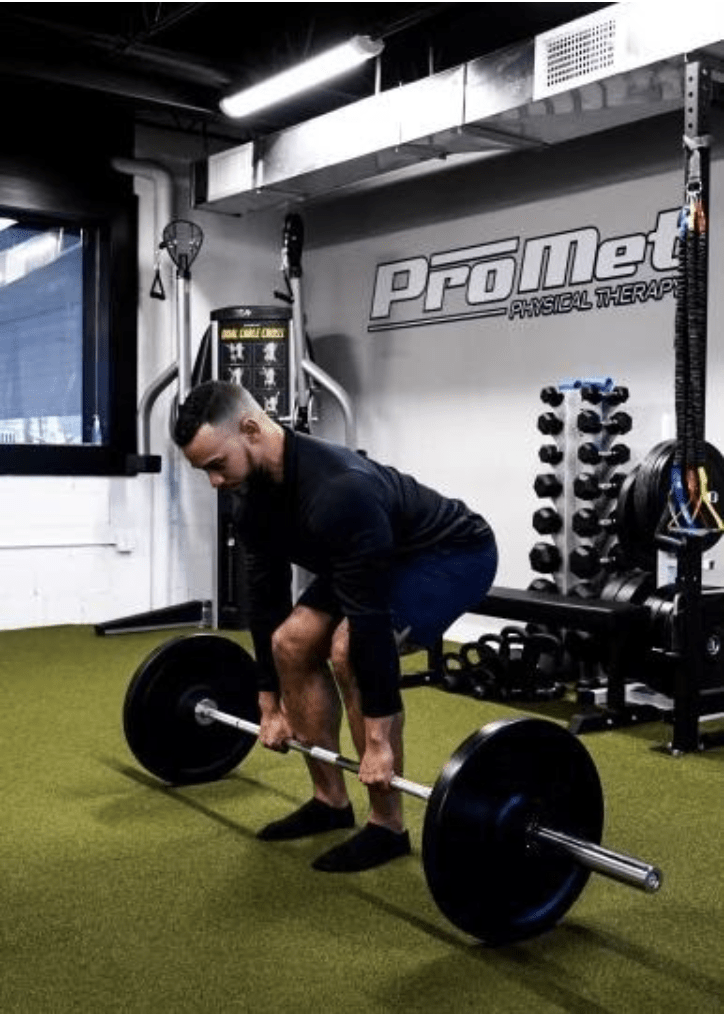
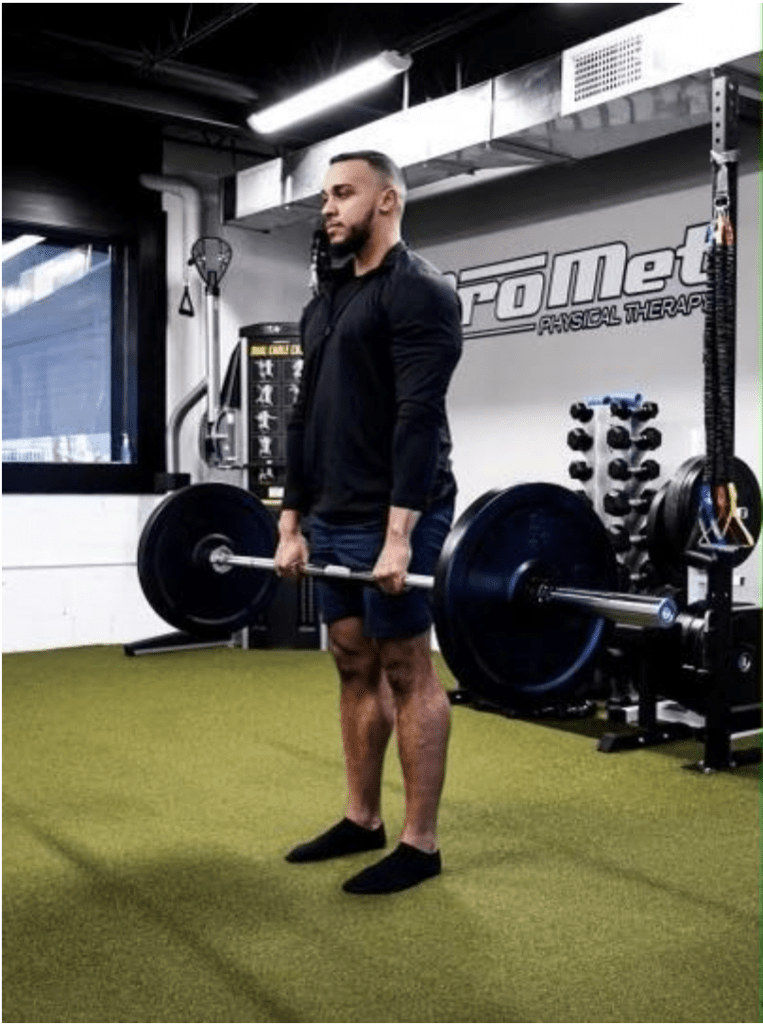
The “sumo” deadlift received its name because the starting position mimics that of a sumo wrestler. When performing the sumo deadlift variation, the athlete is standing behind the bar with feet wider than shoulder width apart and a handgrip that is between the knees. The sumo deadlift allows for a more upright position of the torso, which means this movement is driven more by the muscles of the hip than the posterior chain. These muscles include glutes, hamstrings, adductors and quadriceps.
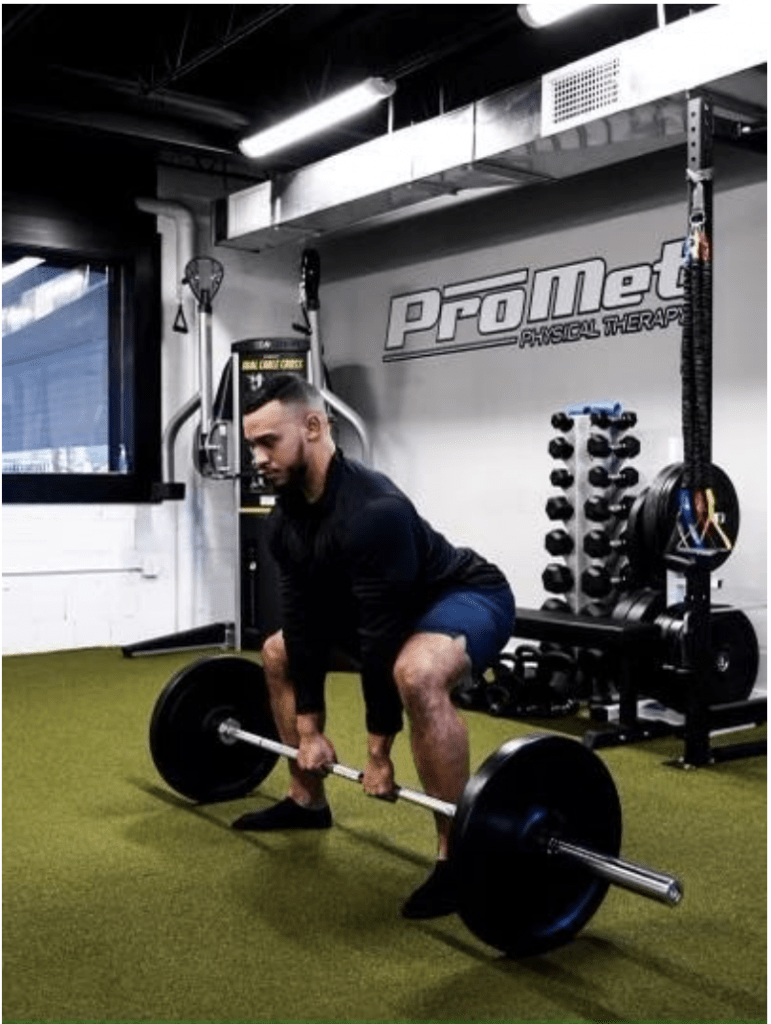
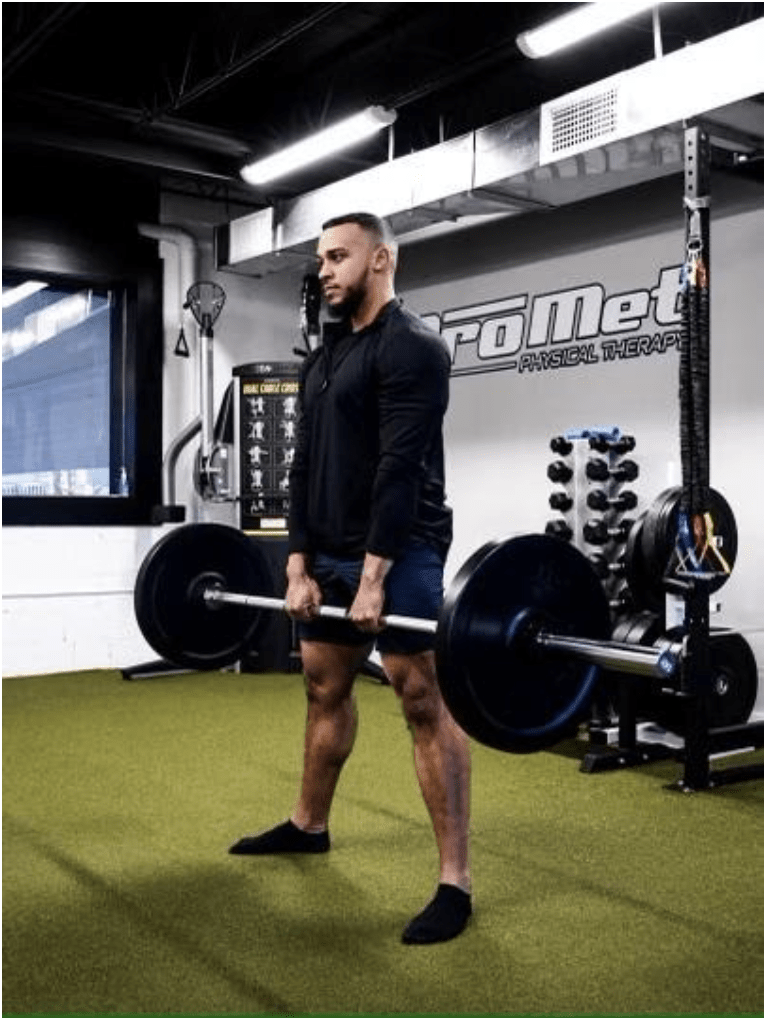
Regardless of which deadlift variation you choose, the important point to keep in mind is that the weight (barbell, kettlebell, etc.) must be held close to your body as this will place your muscles in the optimal position to perform the movement.
In order to best understand where to start and how to progress, reach out to one of the ProMet Physical Therapy locations in Glendale, Kew Gardens or Manhasset and have an assessment completed by one of our skilled physical therapists. From there, we can start you on your journey to moving better while gaining strength.

